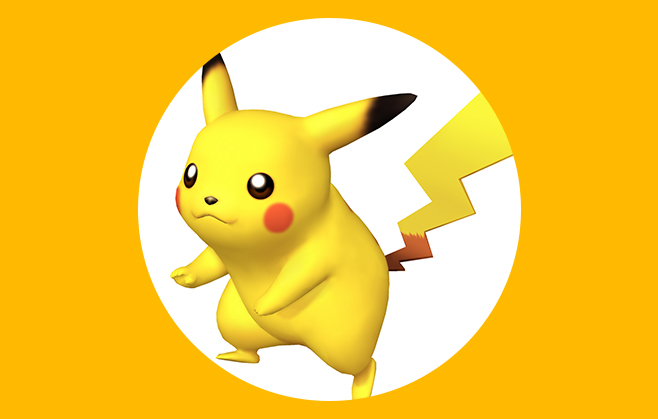
Pokemon Go and the future of Augmented Reality
Although we don’t consider ourselves gaming fans, The Practice team has been particularly excited about Pokemon Go, arguably the most popular app so far this year. Now with more active users than Tinder, what exactly is the game about, and what does it spell for the future of augmented reality?
Just released in the UK this week, Pokemon Go has been so popular in the US, Australia, New Zealand, and Germany that it led to servers crashing. So why the hype? The game itself does offer a lot of fun, with the user able to access the virtual Pokemon world via his or her smartphone. Using GPS, the app pinpoints the user’s location to provide them with a map of their surroundings. Included in this are PokeStops and Pokemon gyms which are generally located at local points of interest, such as a monument or historical attraction. When the user accesses the app, he or she first creates an avatar, who moves as the player does,with augmented reality presented via the smartphone camera- it is this which allows Pokemon characters to appear as if they were a part of the real world. The type of characters which appear are also dependent upon the user’s surroundings- park or woodland areas for instance, bring about different species than one would find in an urban topography.
The premise of the game is for users to capture new Pokemon figures, which can be done by throwing a Poke Ball at them. If successfully captured, the player is then presented with candies and stardusts, the currencies of the game. The more superior or “evolved” the Pokemon character, the more powerful the type of currency the player is rewarded with. Through the process of evolving Pokemon and transferring characters back to the Pokemon professor, the final aim of the game is to achieve a complete set of all original 151 Pokemon characters.
One of the major benefits from our perspective, is that it will hopefully encourage a greater number of people to exercise due to the game’s physical nature. Already, it’s been dubbed the “greatest unintentional health fad ever”, as critics and users have been quick to recognise its ability to get people moving and exploring. The downside to this is of course a potential rise in the number of accidents occurring, with players so engrossed in their phones that they may become unaware of real-world dangers.
As of Wednesday, there were a reported 15 million app downloads worldwide, which begs the question- have we all gone Pokemon mad? And does this emphasise just how popular augmented reality technology has become? This is perhaps the first time AR has come to the masses, as we generally come to see it in play only in one-off campaigns. For instance, many retail brands have employed the technology in-store in order to provide customers with a richer experience. Tesco and Lacoste for example, are two brands using AR for the “Try before you buy” approach. In the past, the former produced an augmented version of their Home Book catalogue so customers could imagine how pieces of furniture would look in their homes, while the latter enabled shoppers to use their smartphones in order to virtually try on trainers. While store-fronts, changing rooms, bus stops, and other public areas have been regarded as prime settings for augmented reality campaigns, apps are clearly the area where this technology is set to expand, enabling a greater audience to connect with the world around them. Indeed, with both AR and VR predicted to generate around $150 billion in revenue by 2020, we see both brands and app developers quickly tapping into this lucrative market.
Have you been able to download and play Pokemon Go yet? If so, are you a fan? We’d love to hear your thoughts and experiences with the app, so please tweet to us @PracticeDigital and share your comments on our Facebook page.




